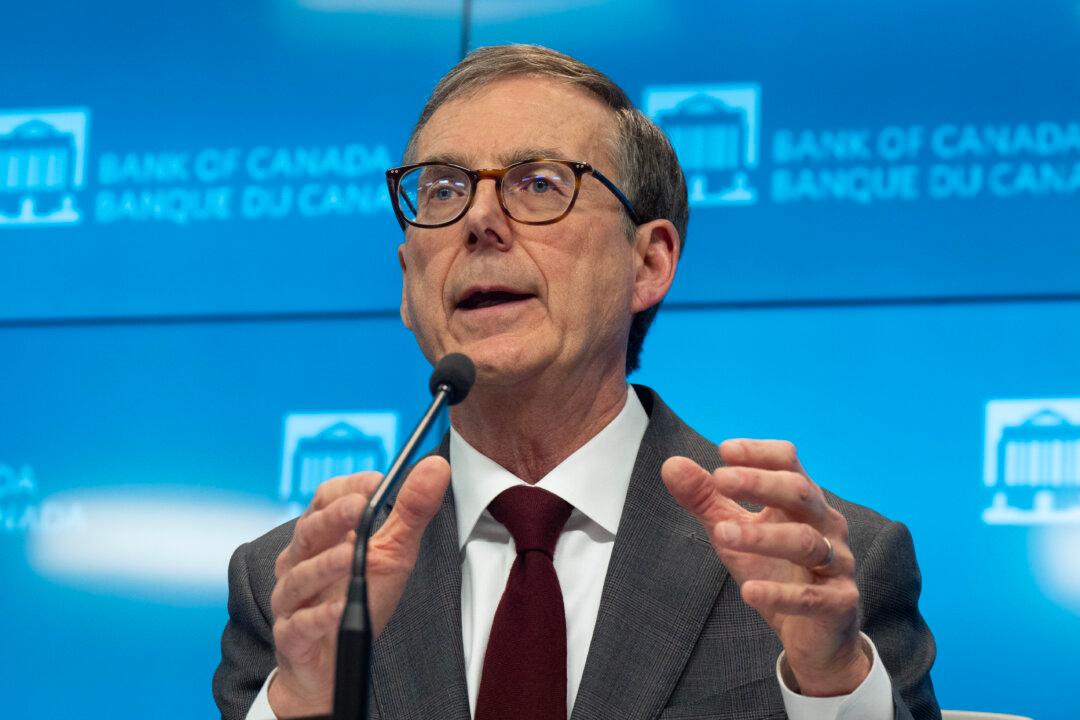Commentary
Gold fever is back. I have seen this mania many times in the five decades I have been involved in the financial markets. It usually begins as an unexplainable 5-10 percent after a long period of low volatility in the price of gold and then develops momentum.
I say “unexplainable” but, of course, “experts” calling themselves gold bugs predicted the rise. They always predict gold climbing to multiples of the present price usually because Western civilization is months away from an economic cataclysm not seen since the Bronze Age collapse in the 12th century B.C. Every piece of information that supports their confirmation bias is proof of their claims. Any information not supporting their forecasts are either ignored, arbitrarily dismissed or viciously attacked. Some believe that a secret cabal of central bankers and one-world-government puppet-masters are suppressing the price of gold to prop up the U.S. dollar.
Facetiousness aside, gold is an important part of the financial world and will continue to be. At times, price performance can be excellent. However, it is not an easy path to riches and has dramatically underperformed on the stock market over the long term. The S&P 500 total return index had an annual return of 14.64 percent for the 10 years ending March 31, 2024. In contrast, the price of gold has increased by about 33 percent, or 2.92 percent annualized.
Putting this in perspective, $100,000 invested in gold over the last 10-year period would be worth about $133,000. The same amount invested in the S&P 500 over the same period would be $392,000, or $259,000 more. If we use longer periods, stocks routinely outperform gold since the United States stopped fixing the price of gold and it eventually adjusted to being traded in the free market.
However, it is undeniable that gold does well at times. It also had the added advantage of a far less than perfect correlation with stocks and bonds and therefore provides some reduction of portfolio risk, especially during equity bear markets. Therefore, given the high market valuations we currently see, a prudent position in gold is logical. Gold broke out of its $1,600 to $2,000 trading range in the last few years, eventually reaching close to US$2.400 as of April 22. Bull markets in gold can last a long time, so this very well may be the gold bugs’ ship finally coming in.
There appears to be central bank gold-buying, according to the financial press, especially by China. This may be part of the BRICS (Brazil, Russia, India, China, South Africa) scheme to replace the U.S. dollar. The logic of gold-buying is that if the Chinese yuan has the implicit backing of gold, the United States will be magically replaced as the world reserve currency.
However, to the surprise of no one with a rudimentary knowledge of international trade, currencies, or economic history, the BRICS initiative led by Putin and Xi has been an embarrassing failure. The Chinese economy is still smaller than that of the West and developed Asia. Its GDP per capita is that of a middle-income country. By Western standards, it is a closed and protected economy. It engages in currency manipulation. Importantly, it is totalitarian and corrupt. Bluntly, the Chinese regime and Xi cannot be trusted to be an “honest broker.” No one should expect the yuan to usurp the U.S. dollar anytime soon.
Gold is rising for the simple reason many investments, even commodity ones, go up. More buyers than sellers. Gold has a rich and important history and has withstood the test of time. It was valued thousands of years before Bitcoin, and it will be around millennia after the memory of Bitcoin is confined to obscure economic history books.
Sadly, though, there do not seem to be any reliable indicators of gold’s future price that consistently works. Gold rises as inflation rises, but not in any predictable manner. I have looked at many indicators and many forecasters over the decades and have not found anyone or anything that was better than random. The gold price is not consistent with other prices in the economy like housing, food, car prices, wages, or much else in the long term. It is unpredictable, but that doesn’t make it something to be avoided, especially when equity prices are overvalued relative to historical norms.






